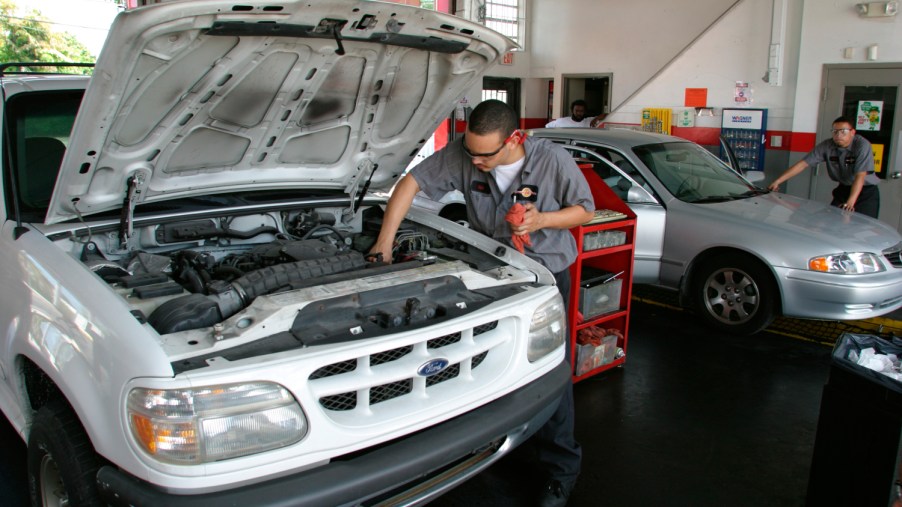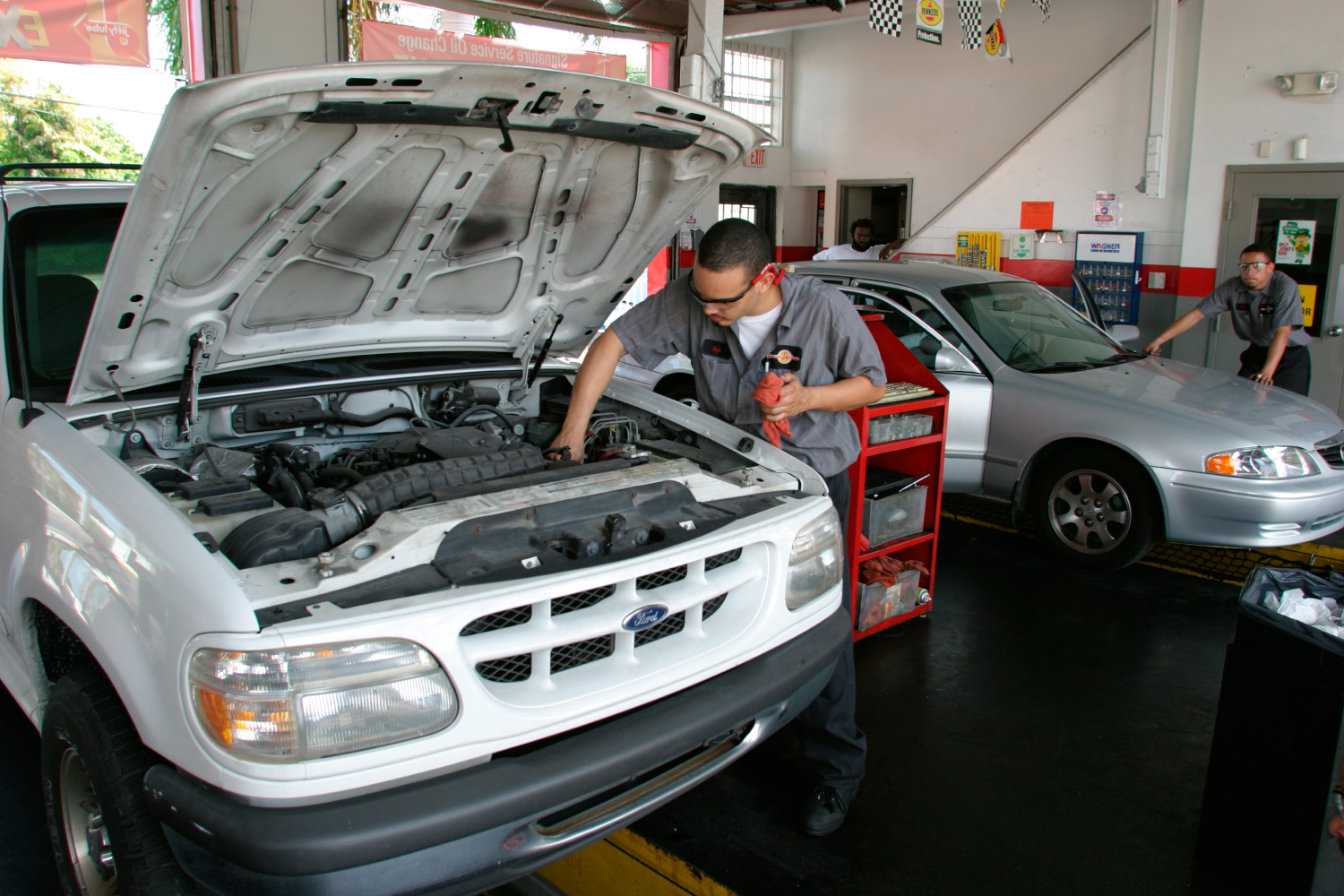
3 Most Asked Questions About Car Maintenance
The idea of car maintenance sounds more intimidating than it is. Performing routine maintenance on any car helps keep it running its best and keeps you out of the car repair shop. Everyone knows about oil changes, but what are the other suggested steps to routine maintenance?
What is routine maintenance on a car?

Routine car maintenance includes oil changes, tire pressure, power steering fluid, and brake checks. Kelley Blue Book has a few suggestions for things you should check on regularly. Fog lights and turn signals are two important ones. These can stop working or might be out due to damage. Checking your brakes and parking lights are also important. Your brakes will probably offer some indication on the dashboard, depending on how old your vehicle is. Brakes can also start squeaking when it is time for a new set.
Checking on your oil and coolant levels should be done regularly, especially before going on a trip. You want to have enough of both before embarking on your next adventure. Similarly, checking your tire pressure and tire tread life is always good. Regularly checking your tires can help you notice any issues before you set off on the road.
Kelley Blue Book says, “If the top of Lincoln’s head is covered, there is still more than 2/32” of depth remaining, meaning there is still adequate tread left.”
How often does a car need maintenance?
There are different intervals at which other parts of the car need maintenance. On a monthly bases, drivers should be checking the lights, brakes, oil/coolant levels, tires, and windshield wiper fluid. All of these things are important for safe day-to-day driving, so you should check each one more often.
At three months, Kelley Blue Book suggests some more tasks. Older cars with conventional oil should be checked/changed at this interval, three months or 3,000 miles. Most modern vehicles can go longer now, and it has been suggested that the 3,000-mile rule is far outdated. Synthetic oil can last longer, like 10,000 to 15,000 miles. Check the belts and hoses at this time and the power steering fluid. Checking the wiper blades every three months is another good piece of car maintenance.
At six months, you should rotate the tires and check your battery. Check the owner’s manual for more instruction as this won’t be necessary for all cars. By checking the battery, you can ensure it won’t die on you at an inconvenient time. You can go by an auto parts store for a test.
What are the most important vehicle maintenance items?
The oil changes and brakes are the most important auto maintenance tips. Drivers should also check on the air filters every year to ensure these don’t need to be replaced. If you notice a change in the drive, it is good to take it to a high-quality repair shop. Your shocks and struts might need to be looked at.
Keeping an eye on your lights is essential for driving safety. You can also get pulled over for having a light out, which can be an expensive ticket that you don’t need. Replace tires when necessary, especially in cold or wet climates.
There is a lot of maintenance on a car, but it is worth it in the long run. Car repairs can be expensive and come at the worst time. Preventative maintenance is there to help prevent costly repairs down the line. These days, new cars have a lot of technology to let drivers know if something needs attention.



